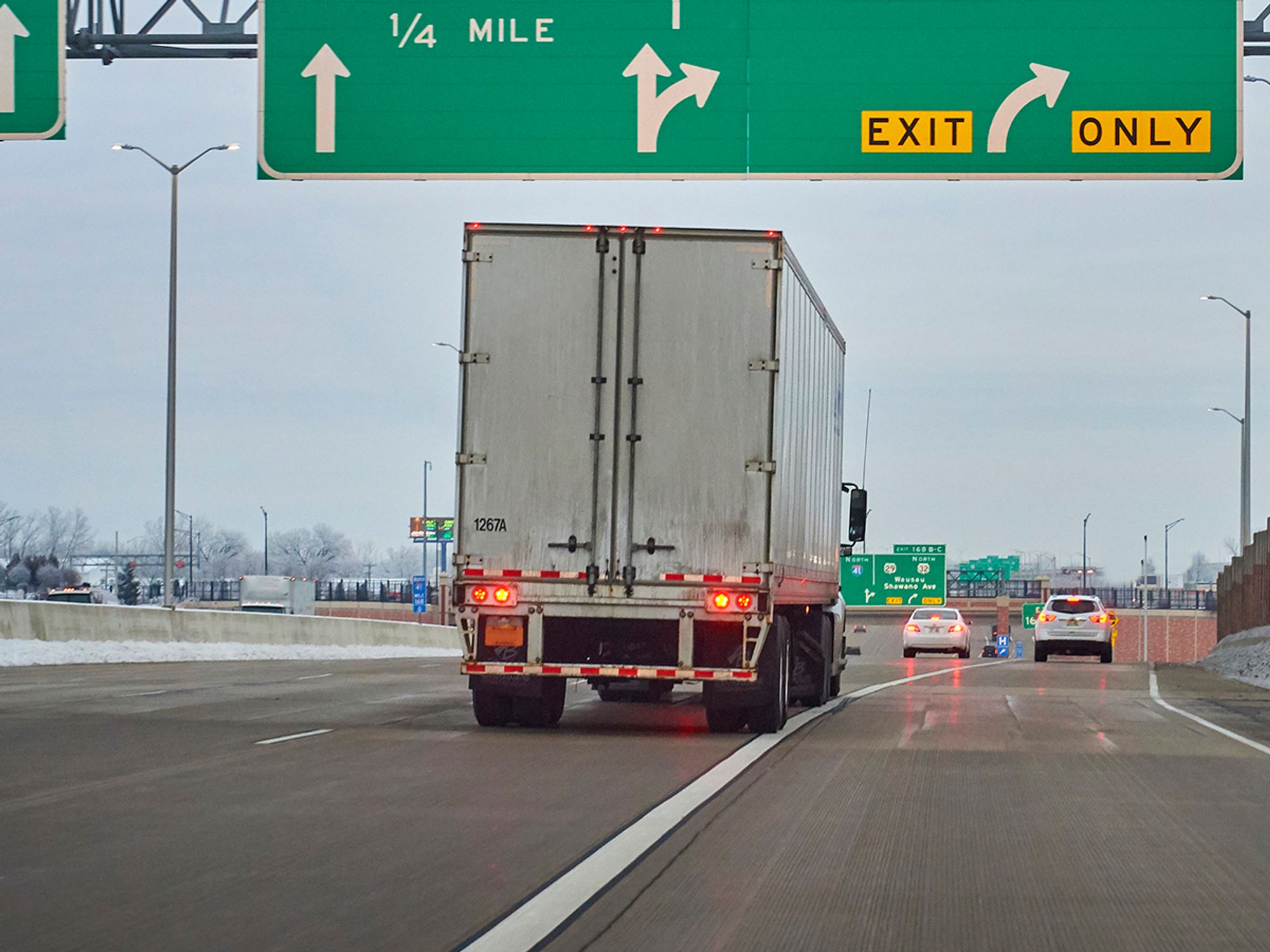Public road instruction

- An integral part of training for drivers who want a Class A or Class B CDL is behind-the-wheel public road instruction.
Behind-the-wheel public road training is provided by a behind-the-wheel instructor when an entry-level driver has actual control of the power unit during a driving lesson conducted on a public road. Behind-the-wheel public road training does not include the time an entry-level driver spends observing the operation of a commercial motor vehicle (CMV) when that driver is not in control of the vehicle.
The instructor must engage in active two-way communication with the driver-trainee during all active behind-the-wheel public road training sessions.
The required public road training topics are:
- Vehicle controls, including:
- Left turns
- Right turns
- Lane changes
- Curves at highway speeds
- Entry and exit on an interstate or controlled-access highway
- Shifting/Transmission
- Communications/Signaling
- Visual search
- Speed and space management
- Safe driver behavior
- Hours-of-service requirements
- Hazard perception*
- Railroad-highway grade crossing*
- Night operation*
- Extreme driving conditions*
- Skid control/recovery, jackknifing, and other emergencies*
*These topics must be discussed during public road training, but not necessarily performed. Driver-trainees are not required to demonstrate proficiency in these skills.
